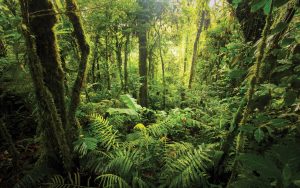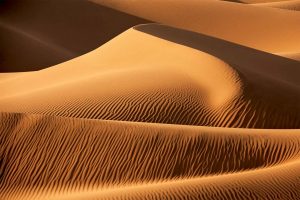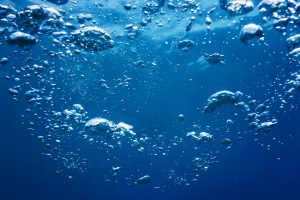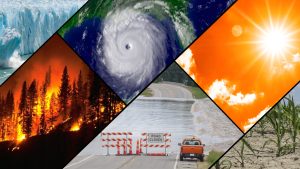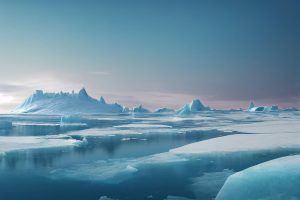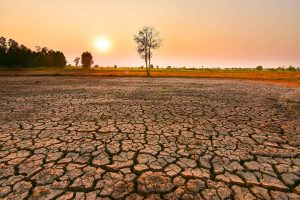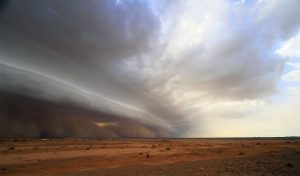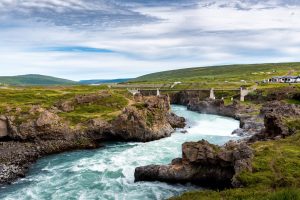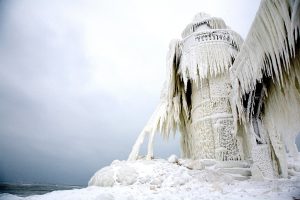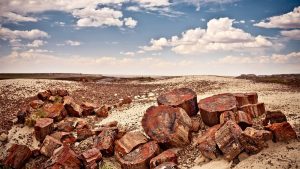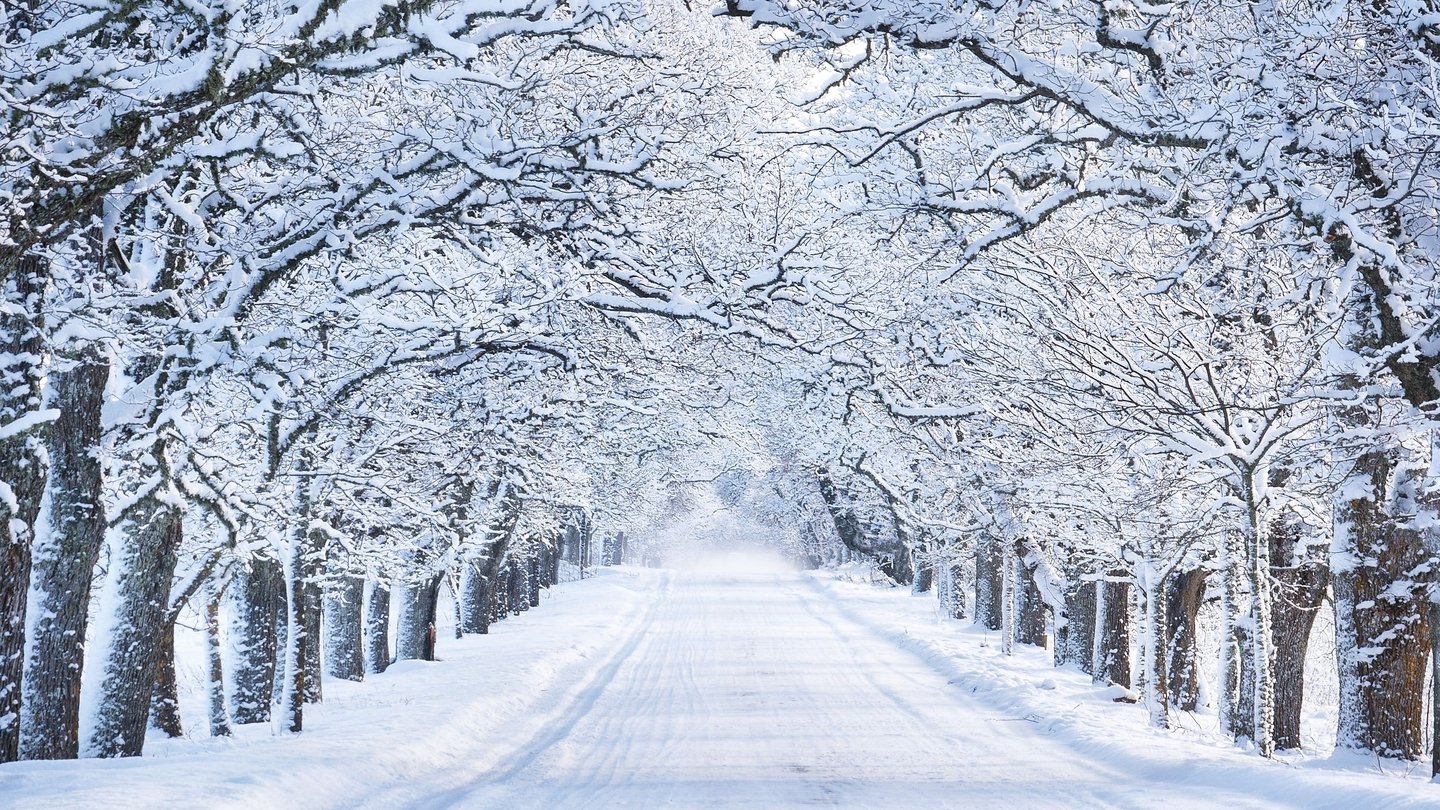
32 interesting facts about snow
- 👁️ 1230
Snow, that magical element of winter, transforms landscapes into breathtaking scenes of serene beauty. Not just a delight for the eyes, snow plays a crucial role in our planet’s climate system, acting as insulation for the Earth and participating in the global water cycle. Beyond its essential environmental functions, snow has cultural significance in many societies, symbolizing purity, tranquility, and the changing seasons. Its unique properties and the variety of forms it takes are subjects of fascination and study for scientists and laypeople alike. Let’s embark on a journey through some interesting and informative facts about snow that reveal its complexities, wonders, and the impact it has on our world.
- Snowflakes form from water vapor in the air that freezes into ice crystals around microscopic particles.
- No two snowflakes are exactly alike due to the infinite combinations of temperature and humidity they encounter as they fall.
- The largest snowflake ever recorded was 15 inches wide and 8 inches thick, reported in Montana, USA, in 1887.
- Snow is not actually white but transparent; it appears white because it reflects and scatters the light from the sun.
- The term “snow blindness” refers to a temporary loss of vision caused by the sun’s UV rays reflecting off snow.
- Snow can insulate the ground below it, protecting plants and wildlife from extreme cold.
- Under certain conditions, snow can emit a distinctive sound known as “singing” or “whistling” as it moves or settles.
- “Snow rollers” are naturally formed snowballs created by strong winds blowing across a snow-covered surface.
- The water content of snow varies greatly; dry, powdery snow has much less water than wet, heavy snow.
- Chionophobia is the fear of snow.
- The snowiest city on Earth is Aomori City in Japan, receiving an average of 312 inches of snow each year.
- Snow has been observed on other planets, including Mars, where it falls as carbon dioxide snow, or “dry ice.”
- In some Arctic and Antarctic regions, snow can persist on the ground for years, gradually compacting into ice.
- “Snowflakes” are single ice crystals, while “snow crystals” refer to more complex structures formed by multiple ice crystals.
- Scientists study snowflakes by capturing them at extremely cold temperatures to prevent melting.
- The Inuit and Sami people have dozens of words to describe different types of snow and ice, reflecting its importance in their environments.
- Snow acts as a natural reservoir, gradually releasing water into rivers and soils as it melts in spring and summer.
- Skiing and snowboarding are popular sports that rely on snow; some resorts use artificial snow to extend their seasons.
- Avalanches are rapid flows of snow down a slope, triggered by factors like weather, temperature, and human activity.
- “Firn” is old snow that has persisted through a summer melt season but has not yet turned into glacial ice.
- The study of snow and its properties is known as “nivology.”
- Soot and dust particles can accelerate snowmelt by absorbing sunlight and increasing the temperature of the snow.
- “Hoarfrost” is a deposit of ice crystals formed by the direct sublimation of water vapor to ice at temperatures below freezing.
- Yellow snow is caused by pollen, dust, or, more commonly, animal urine and should be avoided.
- Snow can improve air quality by trapping pollutants in its crystals.
- Artificial snow is made by spraying a mixture of water and nucleating agents into the air at freezing temperatures.
- Snow can create optical phenomena such as halos, sundogs, and light pillars when light is refracted or reflected by ice crystals.
- “Rime” is a type of frost that forms on cold objects when fog or cloud droplets freeze upon contact.
- The “snowball Earth” hypothesis suggests that Earth was once covered in ice and snow from pole to pole.
- Certain types of snow can act like sand dunes, moving and shifting with the wind in a process known as “snow drifting.”
- The Guinness World Record for the largest snowball fight involved 7,681 participants in Saskatoon, Canada, in 2016.
- The speed at which snowflakes fall depends on their size, shape, and air conditions, typically ranging from 1 to 6 feet per second.
Snow, in all its forms and manifestations, is a fascinating natural phenomenon that affects our environment, culture, and recreational activities. Its ability to insulate the Earth, reflect light, and participate in the water cycle demonstrates its integral role in our planet’s ecosystems. From the tiniest ice crystals to vast snowy landscapes, snow continues to captivate our imagination and inspire scientific inquiry. As we learn more about snow, we gain a deeper appreciation for its beauty, complexity, and the delicate balance of nature that sustains it.
